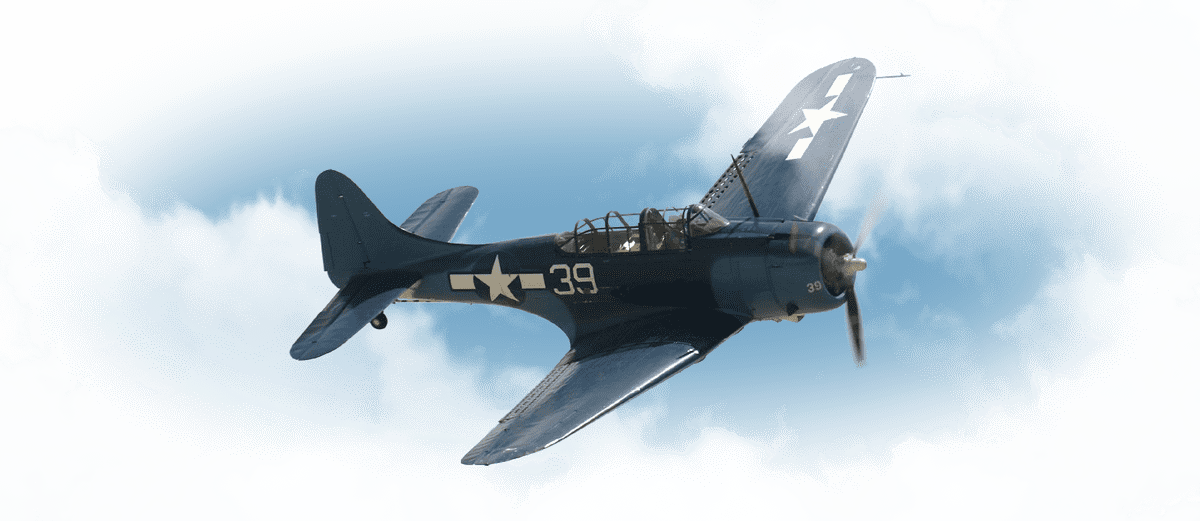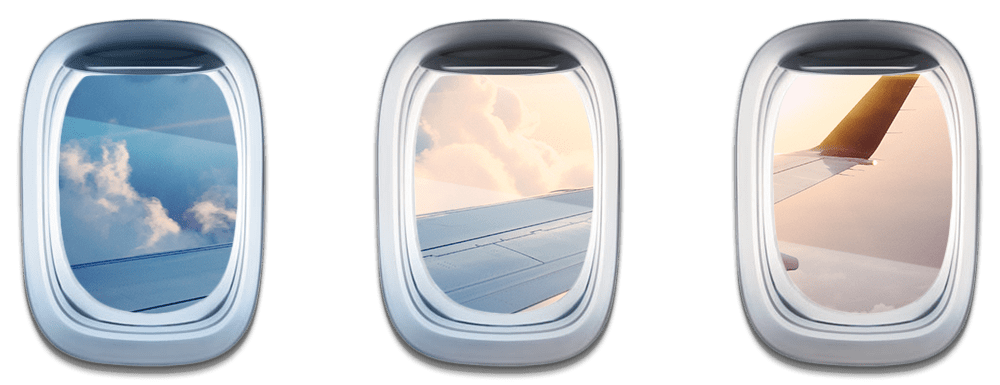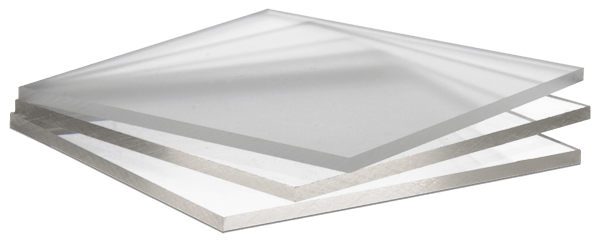Lucite acrylic was invented by the Dupont Corporation in 1931. It was crystal clear with a 93% transparency rate, resistant to water and UV rays, and was low density yet stronger than previous plastics.

It quickly became the material of choice for WWII aircraft windows and bubble-tops because of its clarity, weight savings, and bullet resistance. Shortly after WWII other uses for Lucite were found such as embedments. It has remained one of the best kept manufacturing secrets, handed down through trusted associates.
Common misconceptions about acrylic are that it yellows, turns brittle and cracks over time. While this may be true of very cheap plastics, it is not so with true acrylic.

Lucite Acrylic is an exteremly high quality product that has proven over the past nine decades. Aircraft windows are acrylic and, if taken care of, will remain in like-new condition regardless of age or exposure to sun.

Acrylic is a high quality product. The versatility of acrylic allows it to be custom designed into a variety of shapes and sizes, incorporating many different types of embedded elements.
Due to the technical and highly labor intensive nature of creating acrylic, the number of actual manufacturers remains very small. While much of the process is technically demanding, a basic overview is helpful to enhance understanding of the finished product.
The process starts with two basic ingredients, an acrylic resin powder and monomer, a crystal clear liquid. The powder and monomer are mixed together in specific proportions. The result is a thick, opaque liquid.
The mixture is hand poured into molds and allowed to partially harden. Objects to be embedded are then hand placed into the acrylic layer. Another layer is poured over the embedded object and the acrylic is again allowed to harden.
After the acrylic has set to a gel state, the molds are placed into an autoclave (pressurized oven). There, heat of approximately 350 degrees F cures, and pressure squeezes out the air bubbles, to completely harden the embedment.
Three sanding steps are taken to size embedments. Each piece is ground down to size by hand on large industrial sanders, followed by polisihing (which brings out the shine and luster), and lastly each piece is hand wiped and inspected.
After passing through an extremely detailed inspection, each part is individually bagged, boxed and then shipped out all over the world. Each embedment is a unique creation, ready to satisfy another customer with the knowledge that their keep-sake message will be forever displayed in striking acrylic.
See Our Gallery